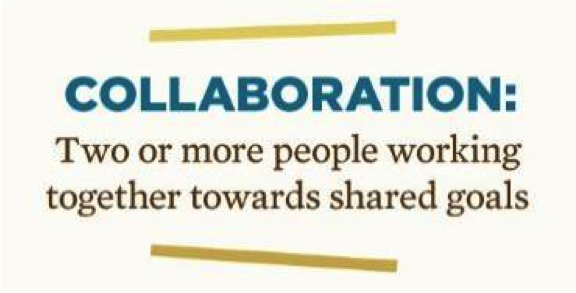Add content into this book. Differentiation! Depth & Complexity. Betts, Renzulli and other models of supporting giftedness. Keep it as a big picture and reference other GE courses. Balance the reality that this may be the only course participants take with it only being a 15 hour course and there are paths to go into more depth.
6. Early Intervention
All 2e experts agree that early intervention, provided at the first sign of difficulty without “wait to fail," is crucial for 2e learners. Resources can be pooled (e.g., Reading Recovery, Title I, and special education funds can be used to provide intense interventions). In this Part 1 of Supporting 2e Learners course, we are covering supporting the giftedness and strengths first. If you choose to take Part 2 of the course, you will go deeper into supporting gifted students with specific disabilities. For now, please remember that focus should be on students' needs and strengths - not just the disability.
Obviously, collaboration among educators and specialists is essential for early intervention because it brings together the needed perspectives and shared responsibilities. 2e students' needs are complex and diverse and it takes a team to develop a learning environment with both rigor and accommodations, and/or interventions. The composition of the team will vary depending on students' needs. For example, students on 504 plans, may need an interventionist as part of the team instead of a SpEd professional. There may also be a mentor who plays a key role in the student's life. The idea is to get the best picture of the student to support the learner.
For now, consider your case study student. Who needs to be involved in your educational setting in making decisions about your student?

(Mary Ruth Coleman. 2004)
Meeting Diverse Needs: What Voices Might Need to Be Involved:
- Classroom teachers
- Gifted education and special education staff
- Mental Health Professionals
- Specialists in other health impairments
- Parents
- Students
- Community resources
We go further into collaboration in part 2 of the course.
In the end, the outcome should be success for the child.